Etheridge coolly directed the rapid and accurate firing of his gun, remaining steadfast at his post and scoring direct hits throughout a vigorous engagement in which the Captain [sic] of the U-boat was killed and other officers prevented from assuming tactical control.
Bronze Star Medal citation, Chief Steward Louis Etheridge, 1952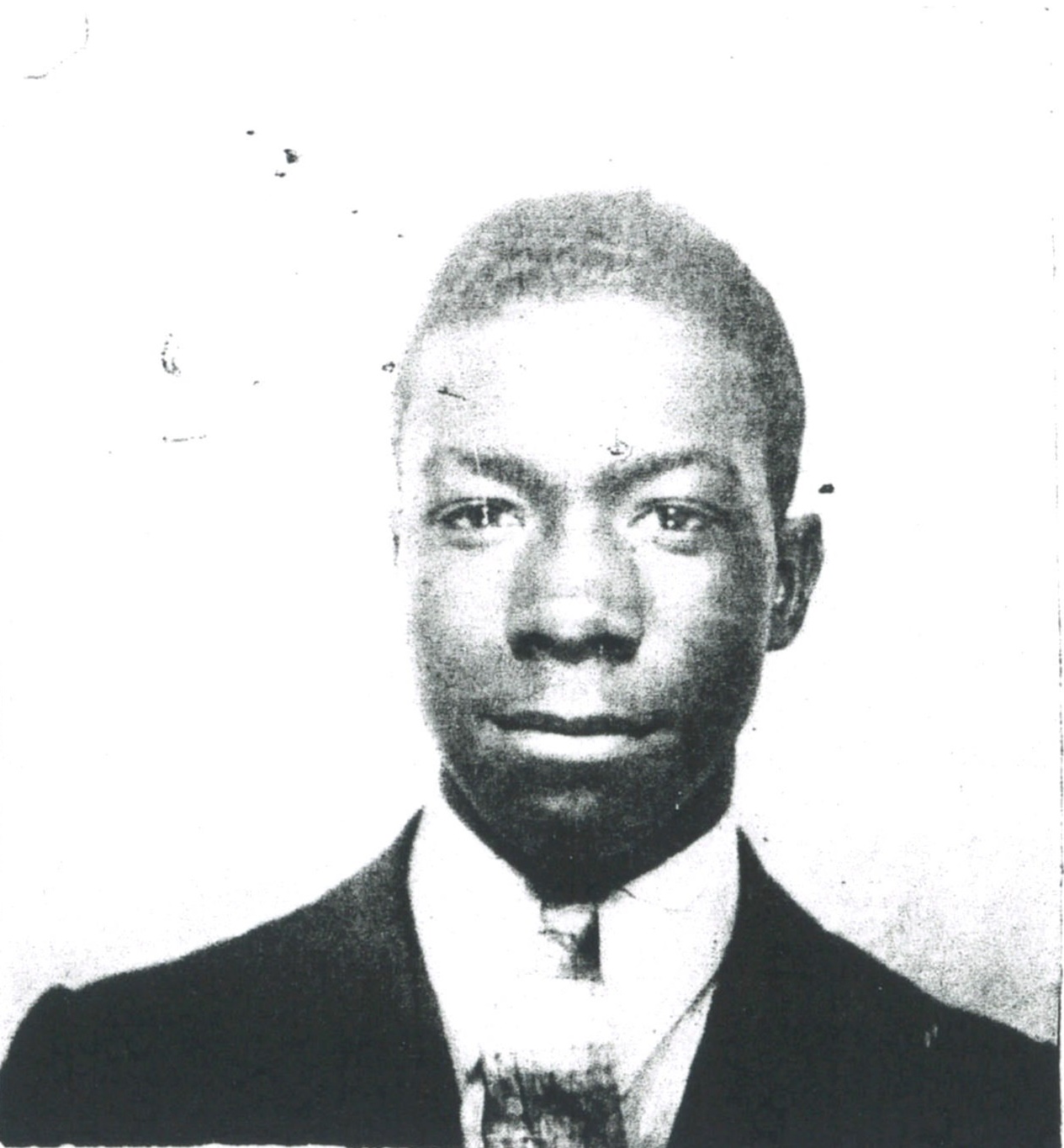
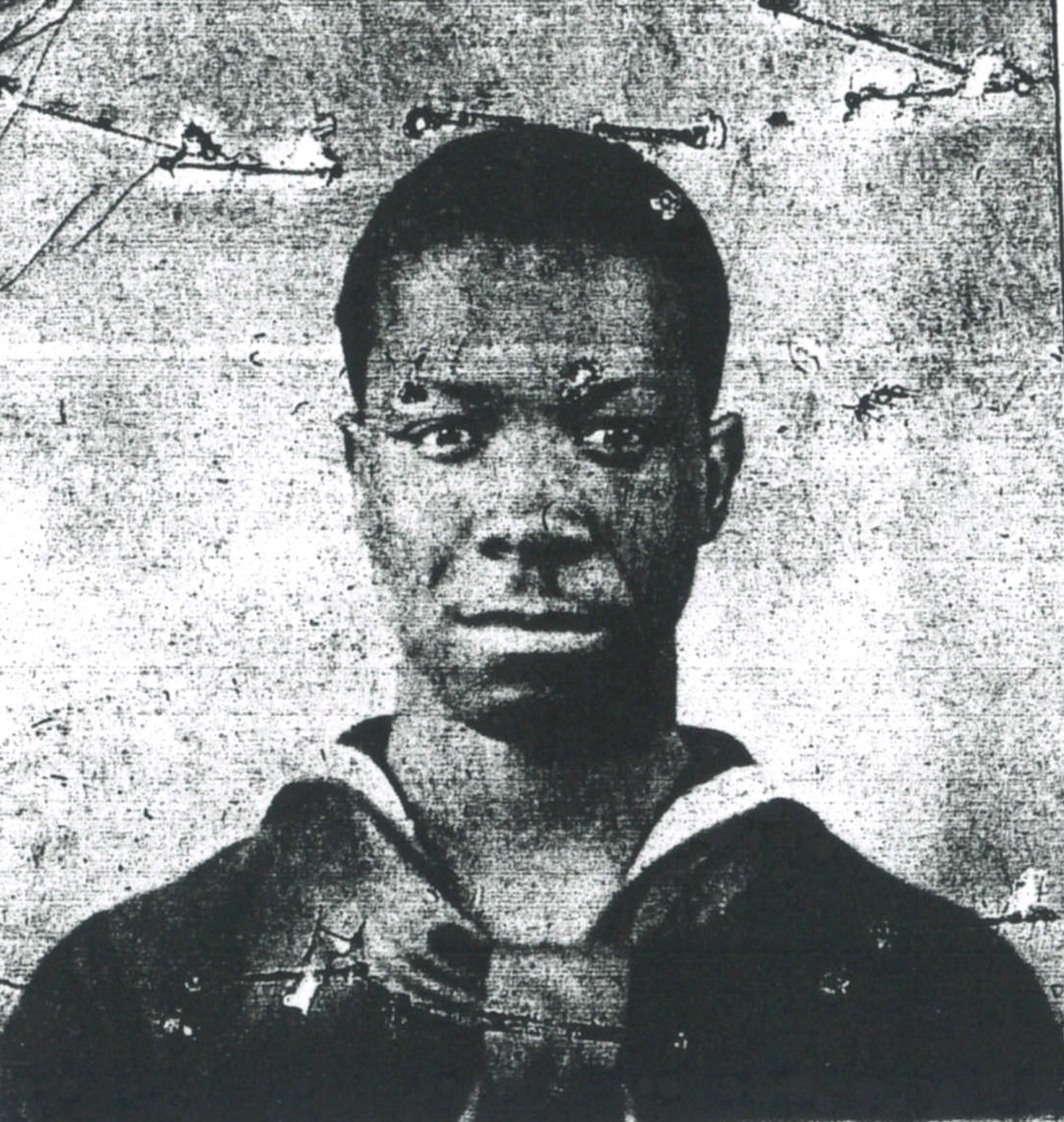 Louis Cullen Etheridge, Jr., enlisted in the Coast Guard in 1935. It was a time when the U.S. military barred African Americans from the officer ranks and limited them to junior enlisted or food service rates. Nevertheless, Etheridge was a loyal Coast Guardsmen devoted to his cutter, shipmates, and his service.
Louis Cullen Etheridge, Jr., enlisted in the Coast Guard in 1935. It was a time when the U.S. military barred African Americans from the officer ranks and limited them to junior enlisted or food service rates. Nevertheless, Etheridge was a loyal Coast Guardsmen devoted to his cutter, shipmates, and his service.
Etheridge was born in 1916 in the eastern North Carolina town of Edenton. He graduated high school there then moved to New York City. Two years later, in 1935, he enlisted in the Coast Guard as a mess attendant. Over the next five years, he served aboard the cutters Electra, Mendota, and Dione before transferring to the new 327-foot cutter Taney in Honolulu. In early 1938, he received orders to Taney’s sistership Campbell serving out of Stapleton, N.Y.
In February 1943, under the direction of Cmdr. James Hirshfield, Coast Guard cutter Campbell joined sistership Spencer and other warships to escort Convoy ON-166 steaming from Ireland to the U.S. On Sunday, Feb. 21, a “wolf pack” of over a dozen German U-boats pounced on the convoy. With a wartime rating of chief steward, Louis Etheridge commanded an 11-man African-American gun crew of stewards, mess attendants, and stewards mates. They served the cutter’s Number 3 gun, a three-inch/50 caliber cannon located on the aft end of the cutter.
Late in the day, the convoy’s command dispatched Campbell to assist a torpedoed tanker left behind by the fast moving convoy. When it arrived on scene, Campbell found the ship still afloat with its 50 crewmembers in lifeboats. Meanwhile, the German submarine U-753 sent a torpedo toward the cutter and crippled tanker. Campbell dodged the torpedo, chased down the U-boat, and damaged it so badly the sub had to withdraw from the fight. The cutter returned to the tanker, picked-up its crew and shelled the ship’s bridge to destroy classified documents left behind in the rush to abandon ship.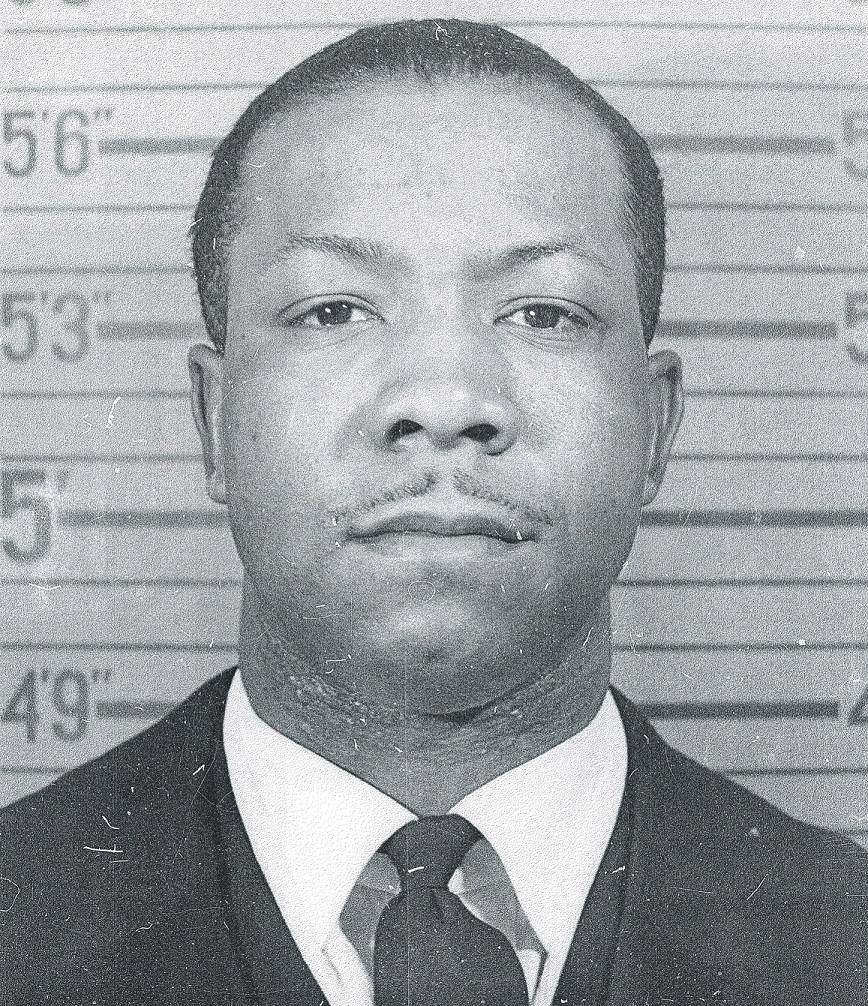
On that day of days, Campbell would steam through U-boat infested waters engaging several Nazi subs sighted on the surface and lurking underwater. By the end of Sunday, Campbell had singlehandedly damaged or driven-off half-a-dozen U-boats. Serving at battle stations and running on adrenaline, Etheridge and his crew fought their deck-gun during this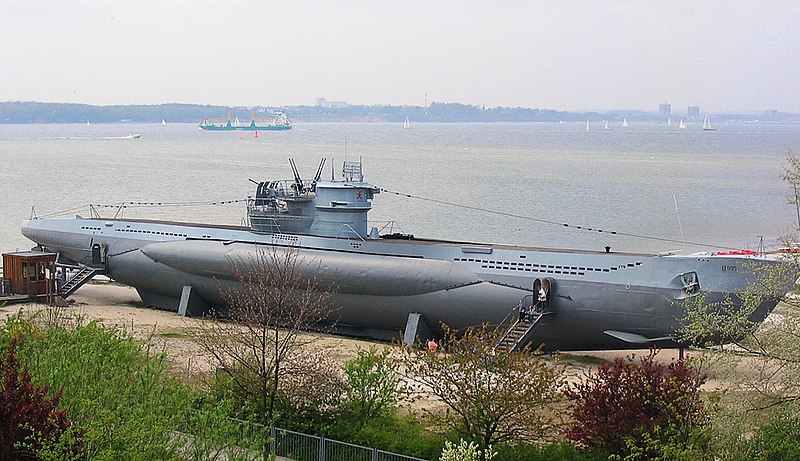 running battle with the U-boats. As evening turned to early morning on Monday, Feb. 22, Campbell closed the 40 miles separating it from the convoy steaming west.
running battle with the U-boats. As evening turned to early morning on Monday, Feb. 22, Campbell closed the 40 miles separating it from the convoy steaming west.
In the darkness of early Monday morning, Campbell encountered more Nazi subs, including a U-boat later identified as U-606. The U-606 had already sunk two convoy vessels and damaged a third. In return, the sub received damage from depth charging. After sustaining the damage, U-606’s captain surfaced hoping to inflict more losses through a daring surface attack. After sighting U-606 on the surface, Campbell’s crew brought to bear searchlights and deck guns and Hirshfield ordered his cutter to ram the sub.
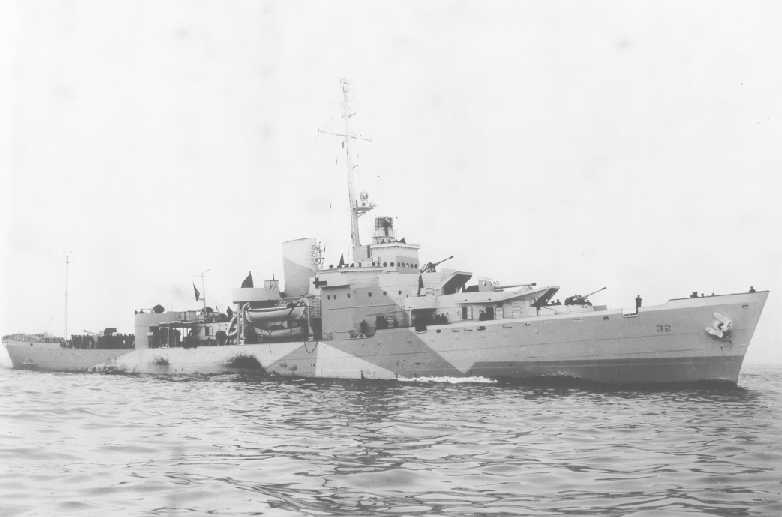 Campbell quickly closed the distance and the cutter struck a glancing blow to the sub before loosing two depth charges beside it. The explosives lifted the U-boat out of the water. Meanwhile, the only deck gun with a clear shot at U-606 were Etheridge’s Number 3 gun and a .50 caliber machine gun jury-rigged on the flying bridge. Already skilled and experienced as a gun captain, Etheridge directed his crew to fire as many rounds at U-606 as possible. During these decisive minutes of the battle, Etheridge’s 3-inch gun fired 32 shells into U-606’s deck and conning tower decimating the German crew and rendering the U-boat defenseless.
Campbell quickly closed the distance and the cutter struck a glancing blow to the sub before loosing two depth charges beside it. The explosives lifted the U-boat out of the water. Meanwhile, the only deck gun with a clear shot at U-606 were Etheridge’s Number 3 gun and a .50 caliber machine gun jury-rigged on the flying bridge. Already skilled and experienced as a gun captain, Etheridge directed his crew to fire as many rounds at U-606 as possible. During these decisive minutes of the battle, Etheridge’s 3-inch gun fired 32 shells into U-606’s deck and conning tower decimating the German crew and rendering the U-boat defenseless.
While Etheridge’s gun crew battled U-606, the cutter’s damage control team raced against time to staunch flooding in Campbell’s engine room. When the cutter rammed the U-boat, it had also sustai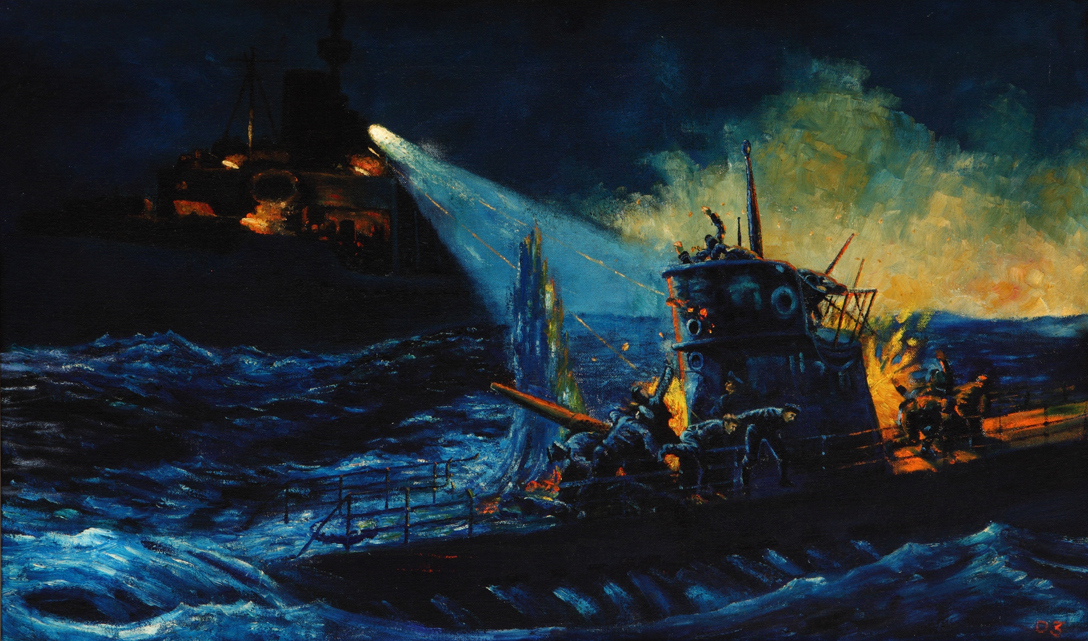 ned a gash in its hull below the waterline and Campbell’s engine room began taking on water. The cold seawater reached Campbell’s electrical system shorting the ship’s circuits and dowsing its searchlights. Luckily, by the time Campbell had lost power, the German submarine’s crew had abandoned ship and the cutter’s guns ceased fire. The disabled cutter lowered its boats and rescued five of the surviving submariners.
ned a gash in its hull below the waterline and Campbell’s engine room began taking on water. The cold seawater reached Campbell’s electrical system shorting the ship’s circuits and dowsing its searchlights. Luckily, by the time Campbell had lost power, the German submarine’s crew had abandoned ship and the cutter’s guns ceased fire. The disabled cutter lowered its boats and rescued five of the surviving submariners.
After the battle, Campbell’s crew continued the struggle, only this time it was for the survival of their own cutter. Hirshfield believed he might lose his ship, so he transferred the German prisoners, the 50 tanker crewmembers, and all non-essential crew to another vessel. The cutter sat powerless in the open ocean while the convoy pressed on to the U.S. Meanwhile, a skeleton crew, including Etheridge, stemmed the flow of water into the cutter’s engine room. Finally, after wallowing in the North Atlantic for four days, Campbell received a tow to St. John’s, Newfoundland, and returned to duty after repairs.
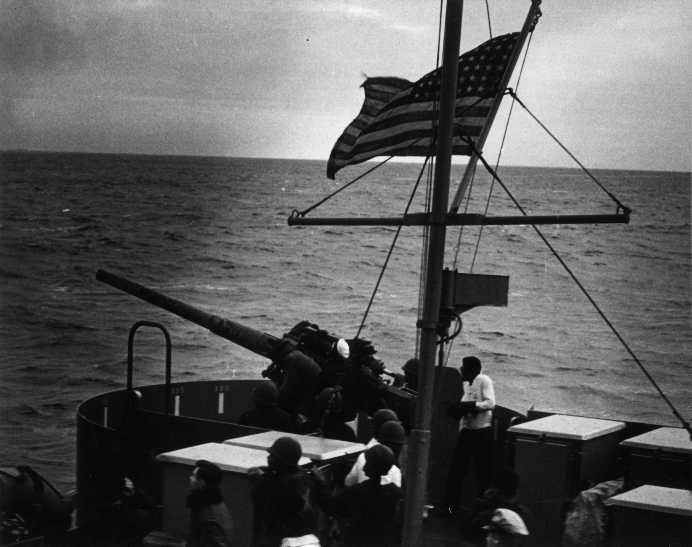 On Feb. 21 and 22, Chief Steward Louis Etheridge played a key role in battling the Nazi wolf pack that attacked Convoy ON-166. Moreover, his gun was largely responsible for destroying German submarine U-606. For his heroic service,
On Feb. 21 and 22, Chief Steward Louis Etheridge played a key role in battling the Nazi wolf pack that attacked Convoy ON-166. Moreover, his gun was largely responsible for destroying German submarine U-606. For his heroic service,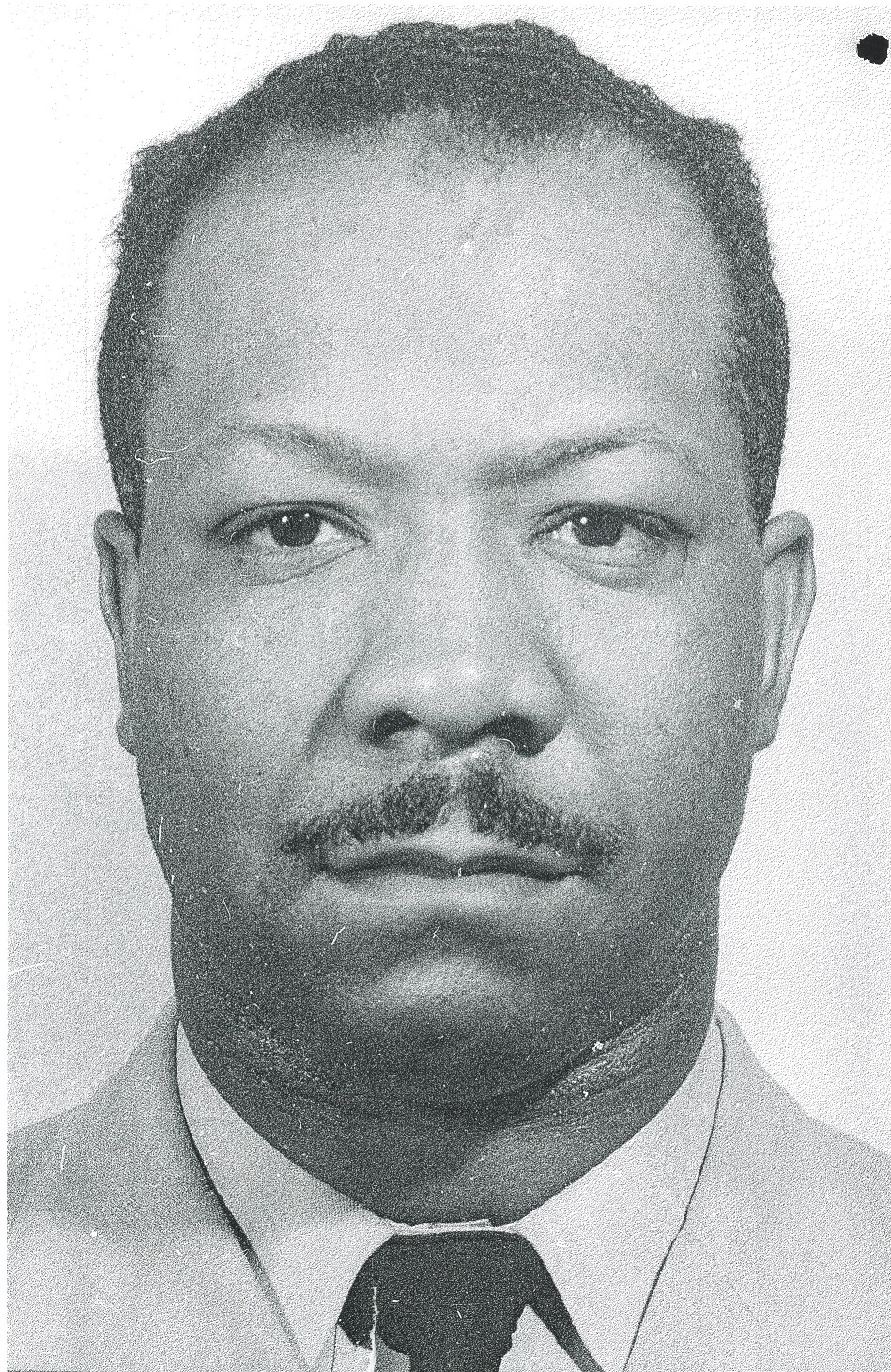 Etheridge received commendations from Hirshfield and the Navy task force commander. However, after the war, his rating reverted from wartime chief to a first-class steward. Within five years of the war’s conclusion, members of Campbell’s command learned that Etheridge’s valor and leadership had been overlooked and brought his case to the attention of the Coast Guard Awards Board. As a result, he was reinstated as a chief steward in 1952 and awarded the Bronze Star Medal.
Etheridge received commendations from Hirshfield and the Navy task force commander. However, after the war, his rating reverted from wartime chief to a first-class steward. Within five years of the war’s conclusion, members of Campbell’s command learned that Etheridge’s valor and leadership had been overlooked and brought his case to the attention of the Coast Guard Awards Board. As a result, he was reinstated as a chief steward in 1952 and awarded the Bronze Star Medal.
Etheridge’s Bronze Star was the first military medal bestowed on an African American Coast Guardsman for combat heroism. In 1959, he retired from the Coast Guard with nearly 20 years of distinguished service. Louis Cullen Etheridge, Jr., was a selfless and courageous Coast Guardsman who embodied the service’s core values of honor, respect and devotion to duty.